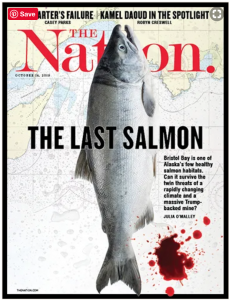
Food + Climate

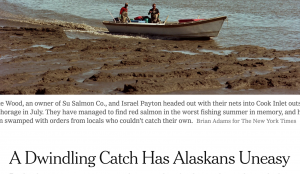

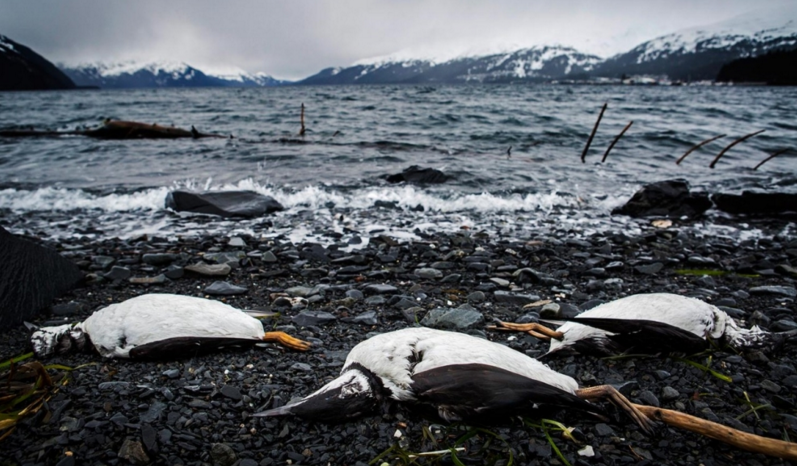
Is toxic algae killing animals across Alaska? (For Al Jazeera America)
The massive seabird die-off is part of a larger story about the health of Alaska’s oceans as sea temperatures rise. For more than a year, scientists have been cataloging smaller, unexplained episodes of animals dying on beaches — including other birds, sea otters, sea lions, several species of whales, starfish and fish.
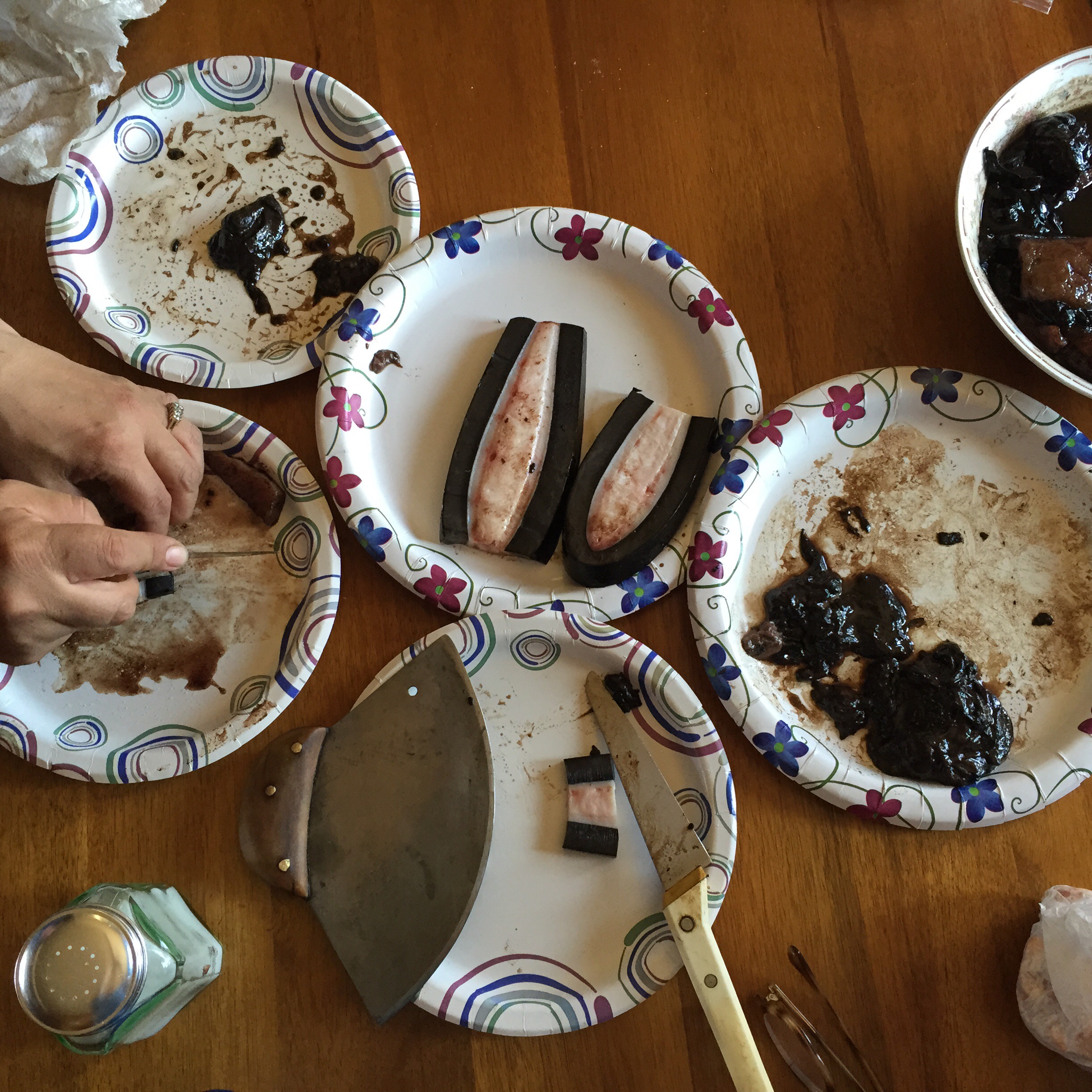
Point Hope (food) in iPhone snaps
What do they eat in Point Hope? Here’s a peek at what’s on the plate during the spring whaling feast in one of America’s most northern communities.
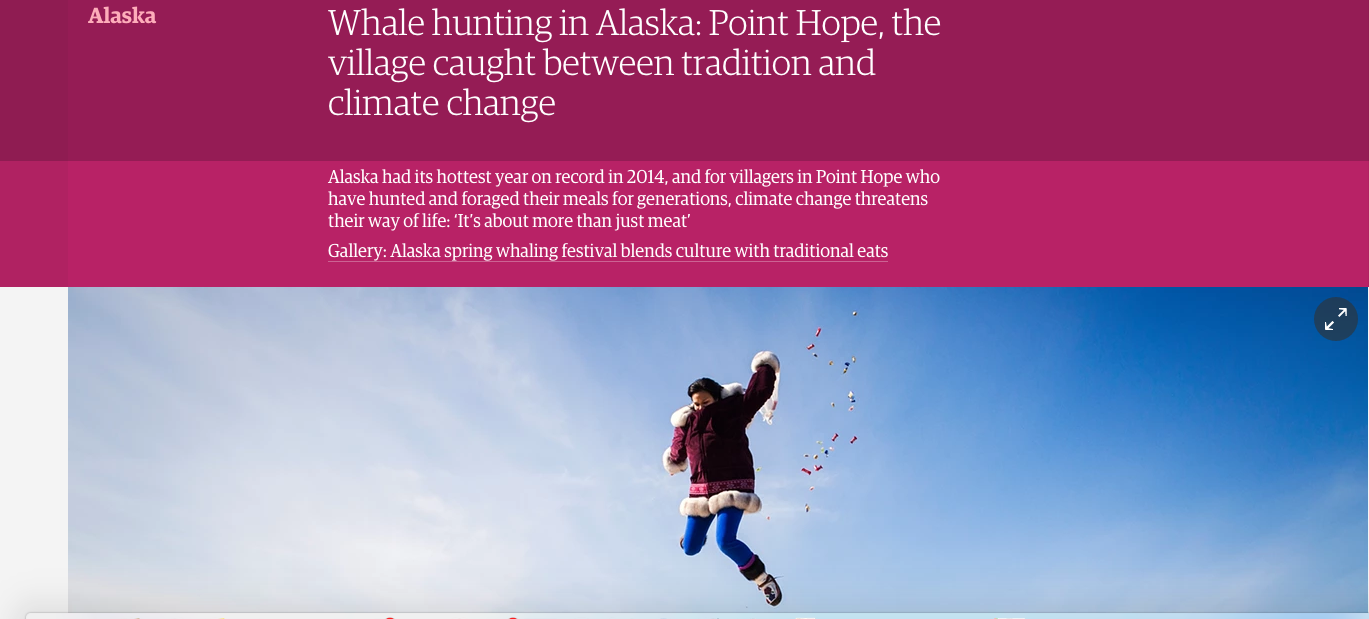
For The Guardian: In Point Hope, centuries-old whaling tradition runs up against climate change
Today we have a story about climate change, hunting and eating bowhead whale in The Guardian, an international newspaper based in England. It’s the second part in our project on climate change, hunting and traditional foods, funded by the Pulitzer Center for Crisis Reporting.
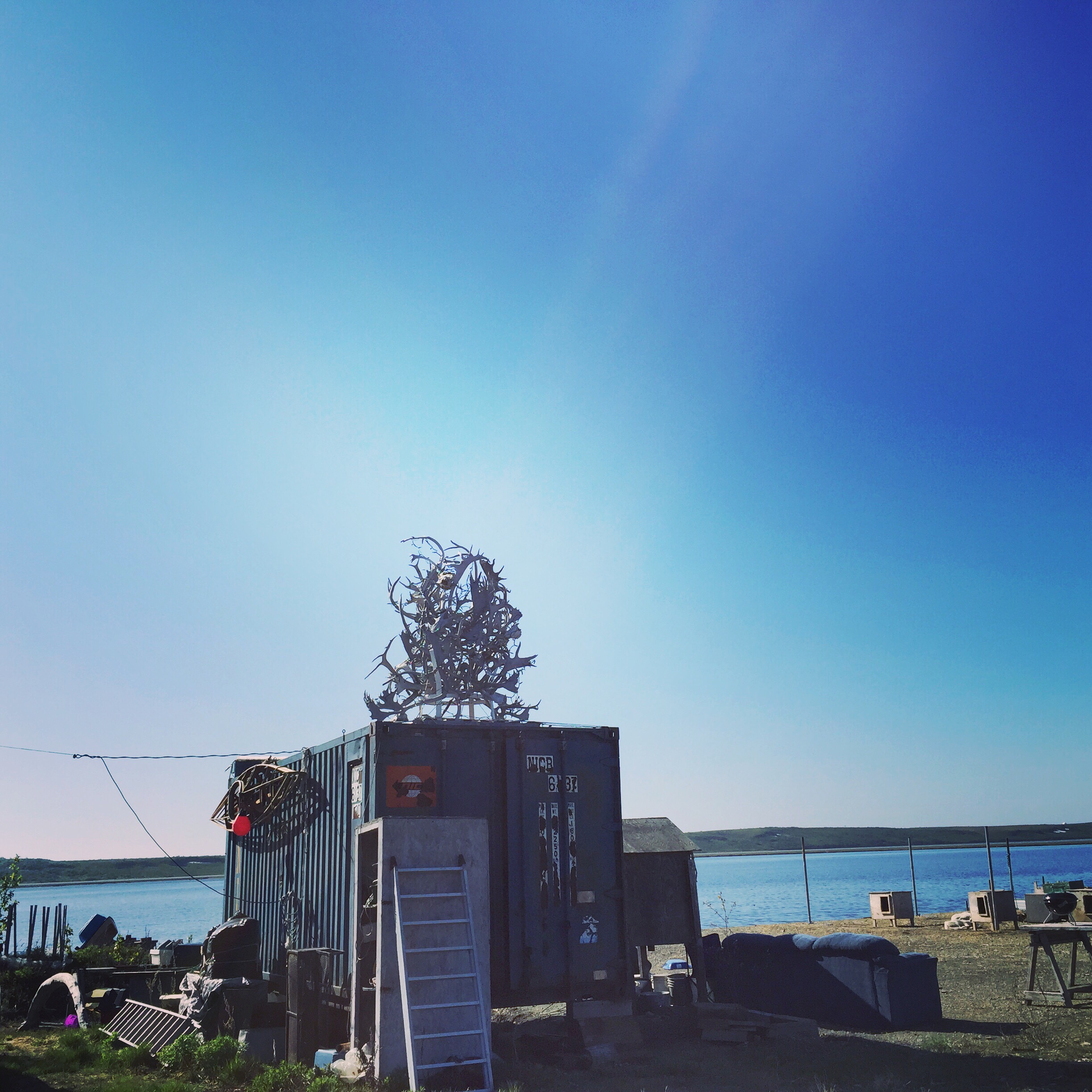
Kotzebue in iPhone snaps
Photographer Katie Orlinsky and I did a big trip in June, visiting Kotzebue and Point Hope, looking at the ways climate change is impacting subsistence foods. Here are some iPhone pictures from Kotzebue, where we were reporting for National Geographic News about the short bearded seal season.
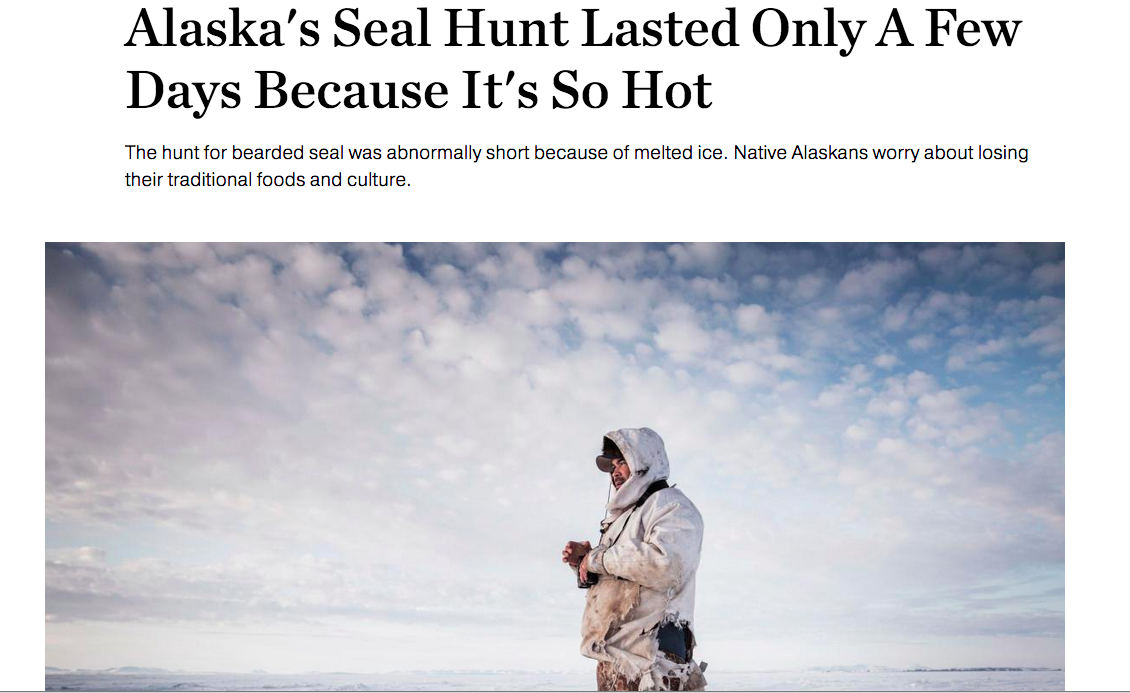
For National Geographic: With changing Arctic ice, a short window for a traditional hunt
In Kotzebue, as temperatures and ice become increasingly unpredictable, hunters worry their children and grandchildren will no longer be able to participate in the traditional seal hunt.
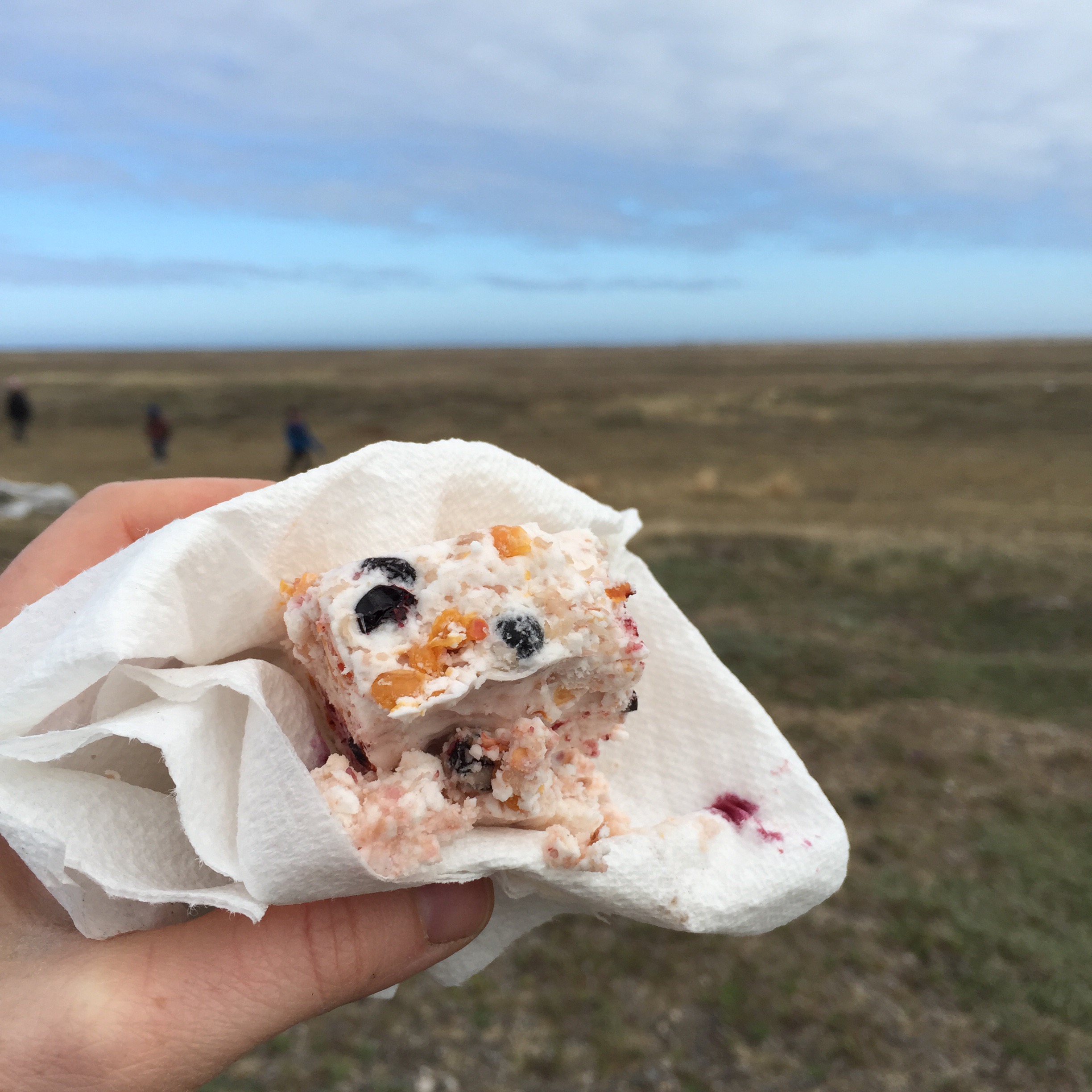
Making “akutuq,” Alaska Eskimo ice cream, and AK-style donuts in the kitchens of Point Hope
Akutaq is made many ways in Alaska. In Point Hope, it starts with hot, rendered caribou fat that must be mixed by hand. It’s pretty amazing to watch how it changes.